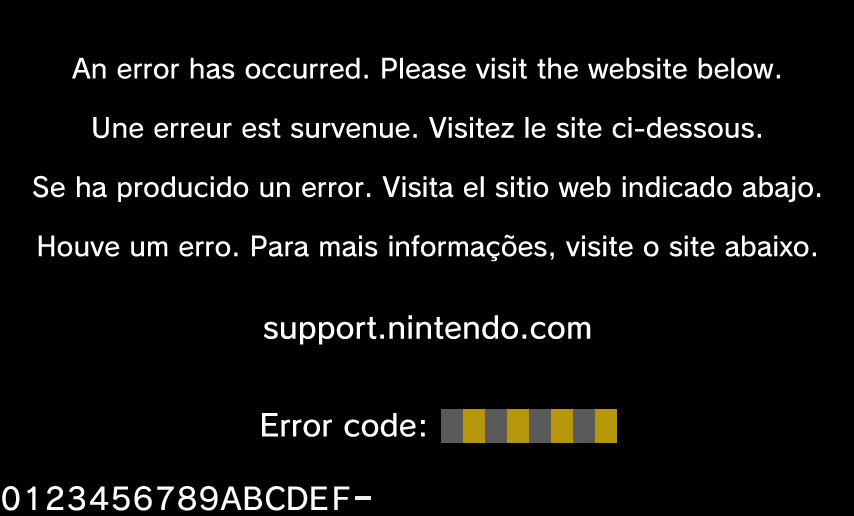This page describes the boot process of the GamePad and the initialization of all the major devices.
The DRC-WUP SoC most likely contains some kind of on-chip bootloader whose role is to load the secondary boot loader from the upgradable Flash. The first 4 bytes on the SPI Flash contain the size of the bootloader as a little endian 32 bit integer. The bootloader itself is stored at offset 4 on the Flash, just after the size, and has the following structure:
The entry point of this bootloader is the reset vector at address 0, which commonly jumps to some code based at 0x3F0000.
The role of the secondary bootloader is to select which version of the firmware on the Flash to run, then parse the on-Flash volume header to find and load the code to memory before executing it.
Each version of the firmware on the Flash stores several blobs, which are described by a very simple data structure found on the Flash:
struct BlobPointer {
le32 offset; // from the base of the data structure
le32 length;
char name[4];
le32 version; // 0 where it doesn't make sense
};
The first of these blobs, named INDX, represents the volume header itself. To get the number of blobs to check for, use INDX.length / 16.
A few known blob names:
The SPL first interrogates the UIC to know if a debugging device is present on the extension port. If it is, the SPL will load data from the volume header at address 0x1C00000, which is the service firmware used for diagnostics and repairs.
At address 0xF000 on the Flash, a byte is stored that represents the version of the firmware to load. If it is 0, the SPL will load data from the volume header at address 0x100000. If it is 1, the SPL will load data from the volume header at address 0x500000.
TODO
TODO: when is WIFI booted?
The ERR_ blob contains a 854x516 RGBA image encoded using a color palette. The beginning of the blob contains a 1024 byte colormap (256 x 4 x 1 byte, for red, green, blue and alpha). Right after the palette (at offset 0x400) starts the pixel raster data. The pixels are saved row-major with 8 bit- per-pixel (because it uses a 8-bit colormap). Each row is padded with two bits of zero, so that the row length is a multiple of four (bmp does that too). Basically just a bmp file, stripped of all its enconding info.
The first 480 rows of the ERR_ image seem to contain the background image, while the last 36 rows seem to contains bitmaps of hexadecimal letters:

The IMG_ blob on the other hand contains multiple images (e.g the nintendo logo) saved in a similar fashion but including encoding info (they do not use the row padding though).